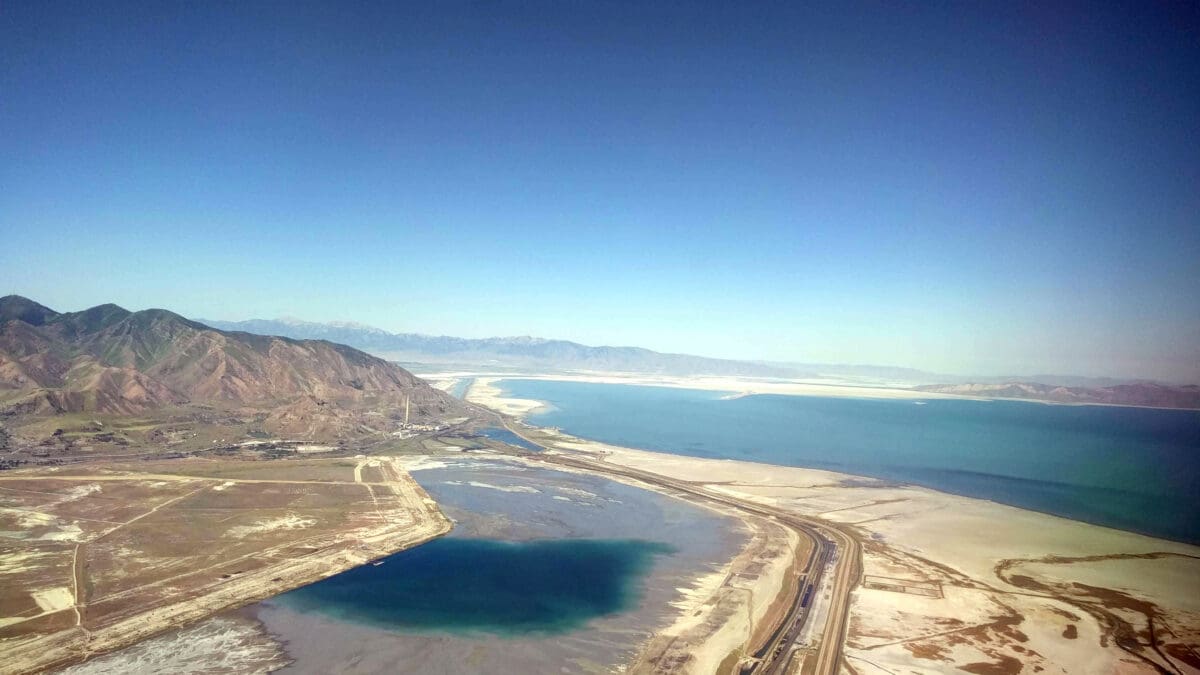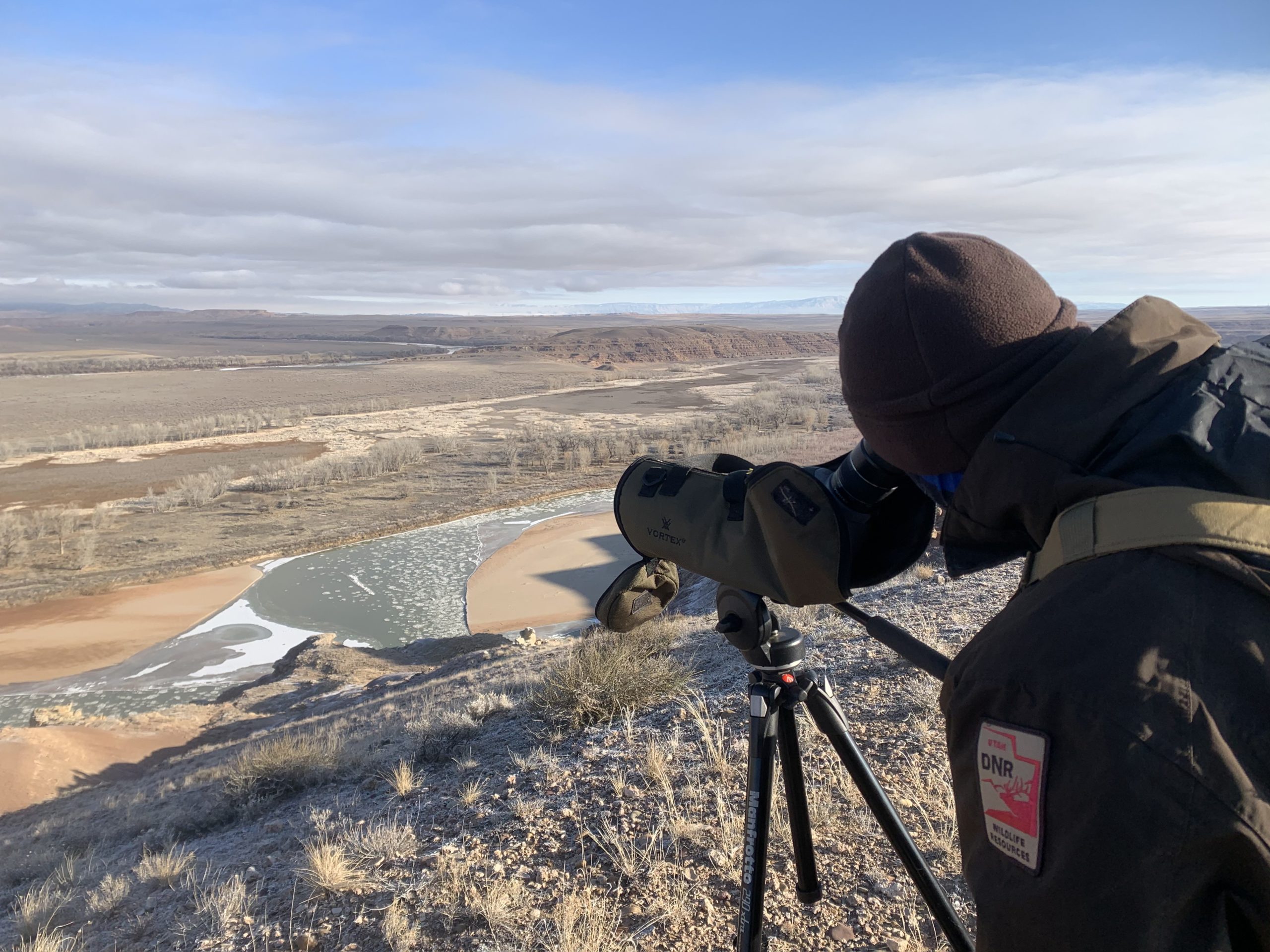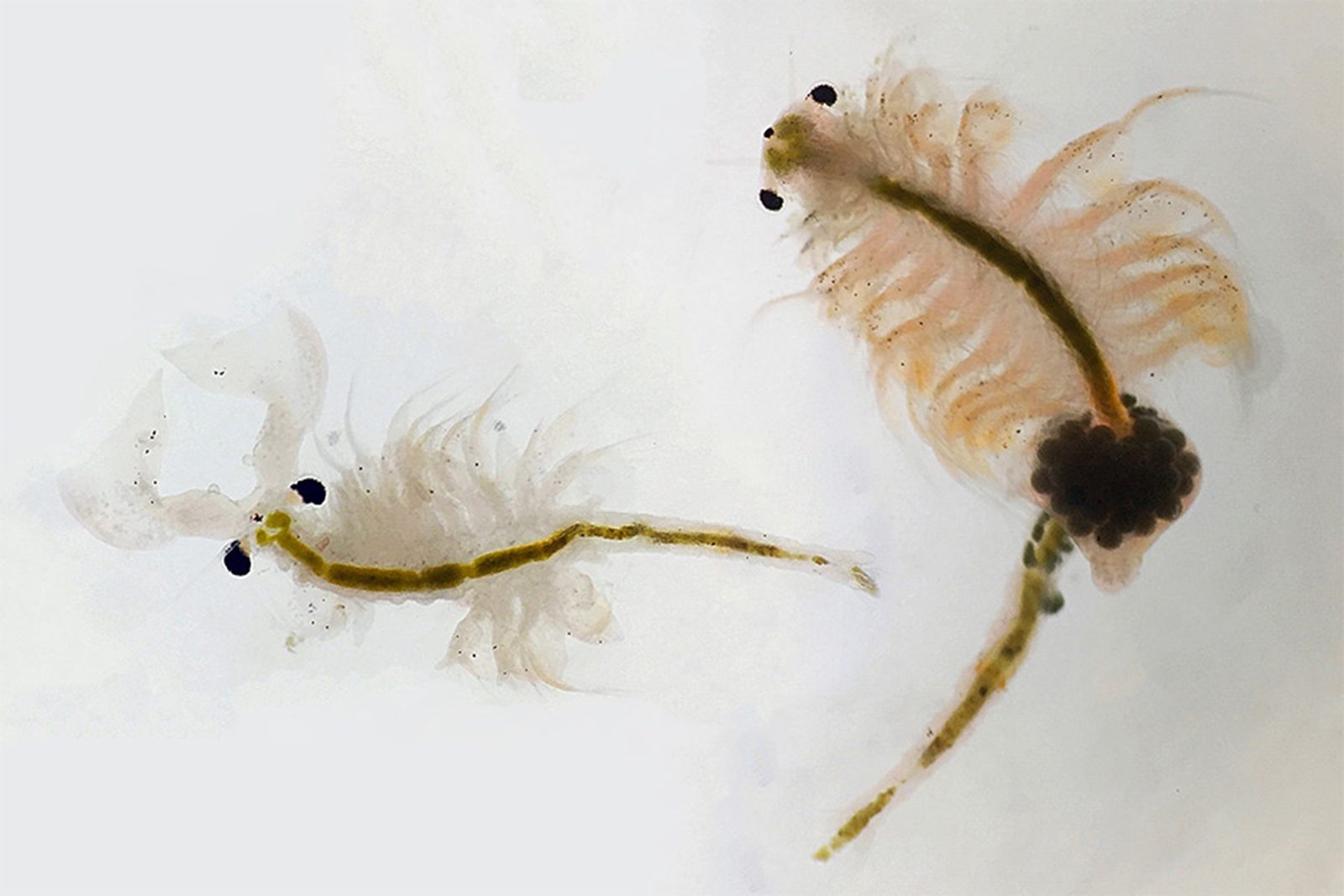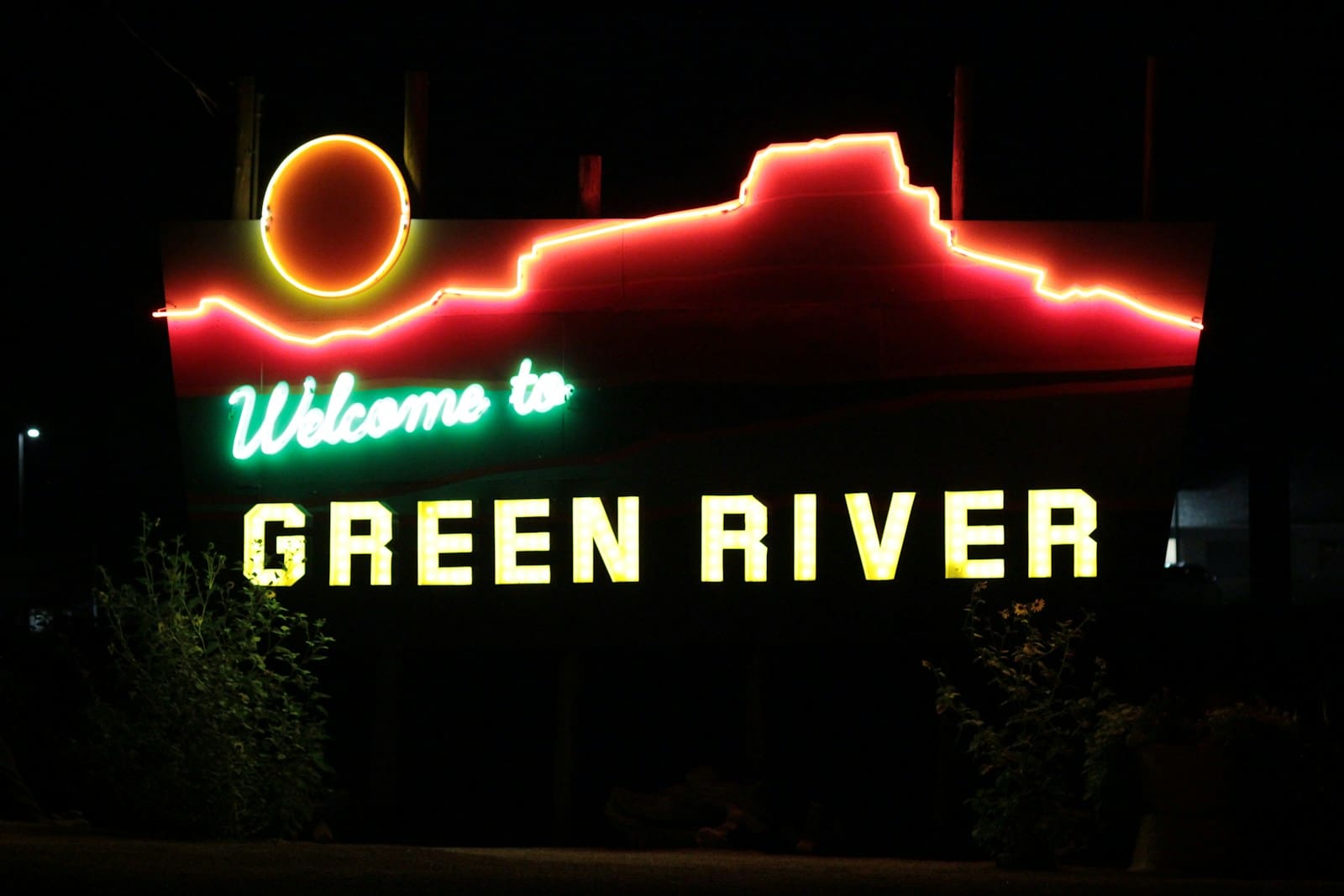News
Lithium mining at the Great Salt Lake

The Great Salt Lake in 2023. Photo: TownLift // Kirsten Kohlwey
UTAH — According to the Utah Division of Water Resources, there are over 85,000 acres of diked evaporation ponds in the Great Salt Lake. The three rivers flowing into the lake deposit a few million tons of dissolved solids (salts and minerals) in the lake each year.
Mining companies extract nearly 2 million tons of minerals per year. These consist mostly of magnesium chloride, salt and sulfate of potash. The Great Salt Lake also contains large amounts of lithium. Lithium is needed for the high-energy batteries used in electric vehicles.
Traditional mining methods
Recently the discussion about extracting lithium from the Great Salt Lake has broadened. The traditional mining method involves removing water from diked ponds by evaporation. Compass Minerals started a pilot project to extract lithium by this method but has since discontinued this project citing heightened regulatory risks.
In 2023 the Utah legislature passed HB0513, which includes provisions to require mining companies to minimize water depletion in the Great Salt Lake.
New mining methods
Lilac Solutions states it has developed, patented and tested its technology more than 500,000 hours on more than 80 brines from around the world. On Dec. 18, 2023 Lilac Solutions announced the completion of the Kachi demonstration plant in Argentina. The plant successfully achieved all technical and operational targets including high lithium recovery and minimal water usage.
Dave Snydacker, CEO of Lilac Solutions, said Lilac’s process is different: “We’re able to eliminate evaporation ponds entirely.” As cited in the Wall Street Journal, ”it would take about two years for Lilac to build its plant, which will include a refinery to concentrate the lithium into a battery-grade material. Production will build up over time, starting with about 3,000 tons of lithium a year. That will require sucking up about 12,000 gallons of water a minute around the clock.”
Local regulatory response
In their article from Feb. 12, the Wall Street Journal states that Snydacker said that Lilac Solutions has received a positive response from local regulators. Currently the Utah legislature is considering measures to restore the health of the Great Salt Lake. This includes how to regulate how much water the extraction industry may use.
On Feb. 20 a legislative measure, HB453, advanced out of a Utah Senate legislative committee. As stated in the Deseret News, “The bill, which has already passed a House committee and received a 7-1 vote out of the Senate Natural Resources, Agriculture and Environment Committee, advances to the House for additional consideration.”


















